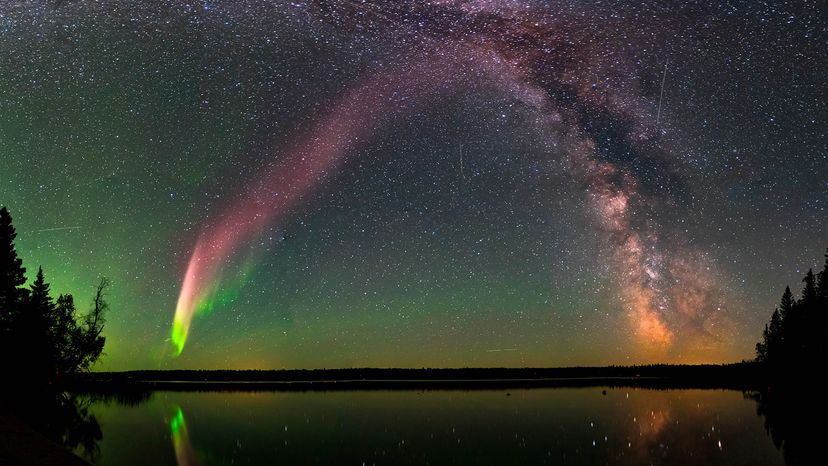
The naming conventions of celestial stuff generally bends toward the whimsically futuristic: magnetar, Thorne-Zytkow object, black dwarf, hypernova. But sometimes astronomers surprise us and christen a space phenomenon with a name like STEVE.
Don't let its prosaic moniker fool you, however: STEVE is a real sight to behold.
Advertisement
STEVE's full name is Strong Thermal Emission Velocity Enhancement, and we can observe it here on Earth with the naked eye. STEVE is an optical phenomenon like the aurora, but this thin, arching smear of lavender light always orients itself on an east-west axis and shows up at latitudes much closer to the equator than the usual northern or southern lights.
This purple braid of light has long been observed and recorded by aurora enthusiasts — possibly for centuries. In fact, it was dubbed "Steve" by a Facebook group of Canadian aurora photographers who kept noticing the phenomenon in southern Canada before it was verified to be something separate from the aurora by the European Space Agency in 2016. "Steve" is the name given to a newly discovered and intriguing hedge by a group of forest animals in the movie "Over the Hedge."
Advertisement


